Serving in the armed forces of the United States comes with many hazards. While most people tend to think about the physical injuries that a person may suffer, the fact is that veterans often deal with mental health concerns connected to their time on active duty.
Among these mental health conditions is Post Traumatic Stress Disorder, or PTSD. This often results from a person experiencing a terrifying event or learning that these events have impacted friends or family. Mental health professionals trace the progress of PTSD through four stages. Each of these stages comes with its own challenges but understanding them can help veterans live more stable and happier lives.
- The Impact Stage, or When the Event Occurs
All incidents that result in PTSD begin with a traumatic event. The resulting conditions can arrive mere seconds or minutes after the event. However, for some veterans, these symptoms may not appear for months or even years after the trauma. People in the impact stage often experience fear, anxiety, helplessness, and survivor’s guilt.
- The Rescue Stage
The rescue stage describes when a veteran begins to cope with the terrifying event. This can often take the form of numbness or apathy to life in general. However, it can also involve denial, fear, indecision, and flashbacks.
- The Beginning Recovery Stage
In the beginning recovery stage, the veteran begins the healing process. This often includes seeking out help from a therapist or doctor to come to terms with their experiences and feelings. These professionals may use a combination of medications and talk therapy to help veterans cope with their past experiences and new reality.
- The Long-Term Recovery Stage
The last stage of PTSD focuses on a veteran using their new coping strategies to live a more stable life. In many cases, this allows a veteran to minimize the impact of PTSD on their day-to-day routines. However, for others, long-term therapy is the best route.
Navigating the Four Stages of PTSD When Seeking Veterans’ Disability Compensation Benefits
There is no doubt that PTSD and the accompanying symptoms can serve as the basis for a Veterans Disability Compensation Program claim. However, the burden always lies on the veteran to be able to point to a specific point in their past that caused their symptoms and how those symptoms not affect their daily lives.
Understanding the four stages of PTSD can assist in this process. For example, a veteran may be able to show how they disconnected from reality after an incident and that this constitutes being in the rescue stage of PTSD. For others, they may be able to demonstrate how their consistent meeting with a therapist is an example of them being in long-term recovery. Pointing to these examples can help veterans show that PTSD is a constant presence in their life, even if they are not currently experiencing a mental health crisis.
The Legal Team an Centonzio Law Could Provide More Information about the 4 States of PTSD and Veterans’ Legal Rights
PTSD is a permanent condition that can impact a veteran’s life for the foreseeable future. Even so, understanding the four stages of PTSD and how people react to them is often key to making your best recovery.
At the same time, a claim for veterans’ disability compensation benefits can center around a PTSD diagnosis. Comprehending this condition and how it has changed your life from the moment of the traumatic event to your current state can help you pursue a more effective claim for benefits. Reach out to Centonzio Law today to see how they could help protect your legal rights during a claim for veterans’ benefits based on a PTSD diagnosis.
